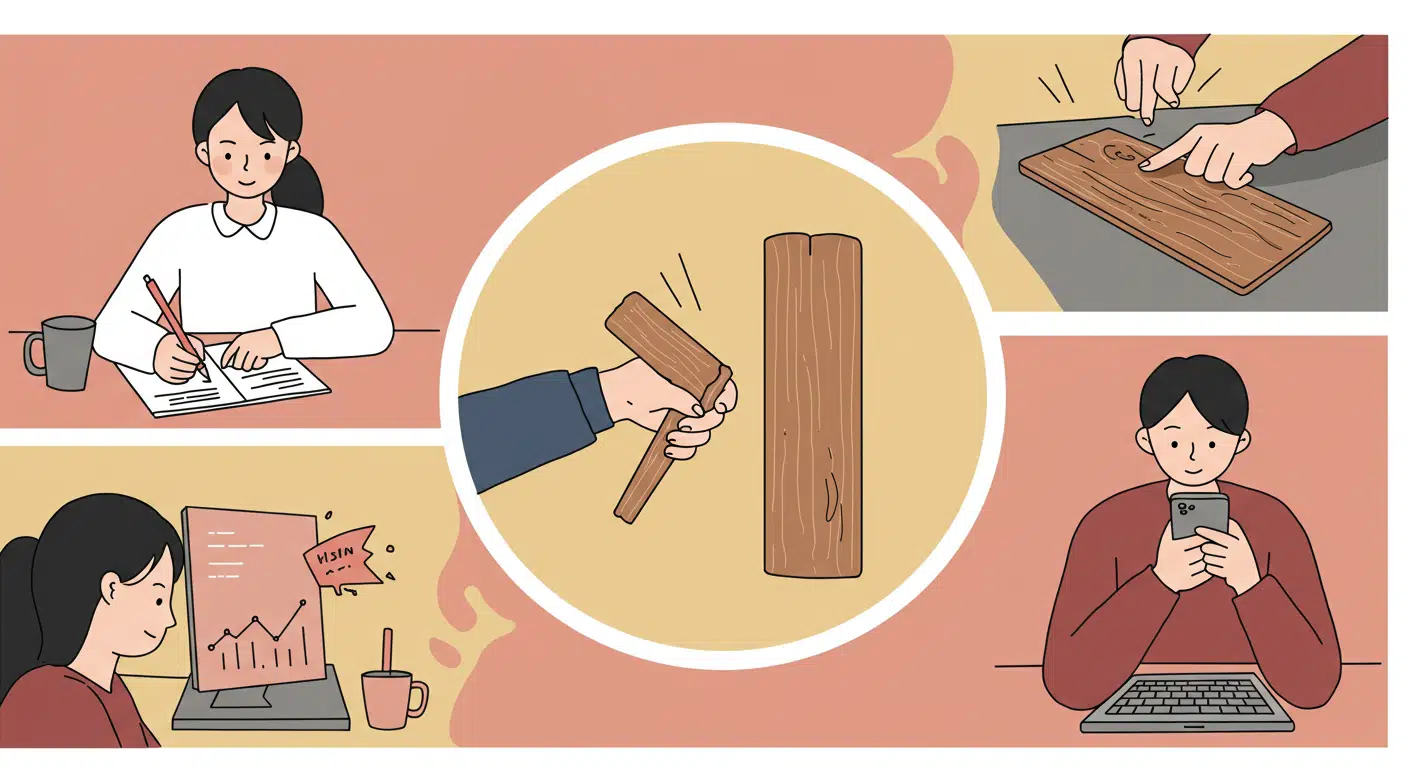The Leaning Tower of Pisa is not just a marvel of medieval engineering—it’s also the center of a longstanding superstition. According to popular belief, if the tower ever fully collapses, it will signal an era-ending disaster or widespread global upheaval. The belief hinges on the idea that the tower’s improbable balance reflects the delicate equilibrium of human civilization itself. Its endurance despite instability is seen as both a miracle and a warning.
The structure’s continuous lean—currently about 4 degrees—has made it a symbol of humanity’s defiance of nature, time, and even divine judgment. When the tilt became dangerously pronounced in the late 20th century, global concern wasn’t limited to engineering; cultural anxieties emerged, with some claiming its fall would unleash misfortune far beyond Italy.



